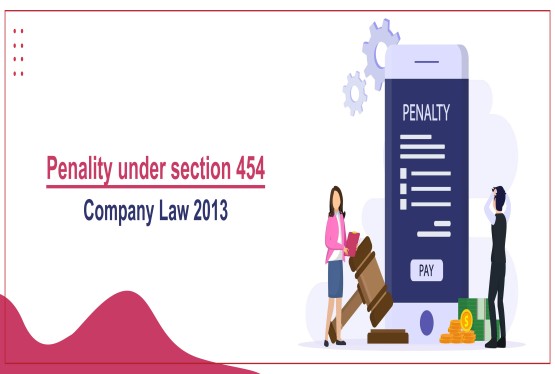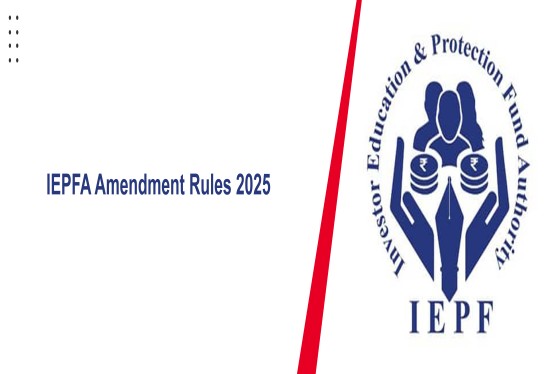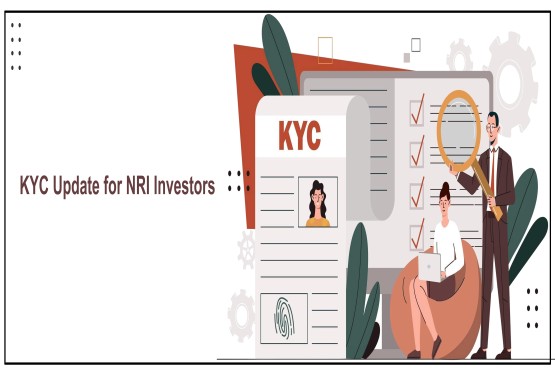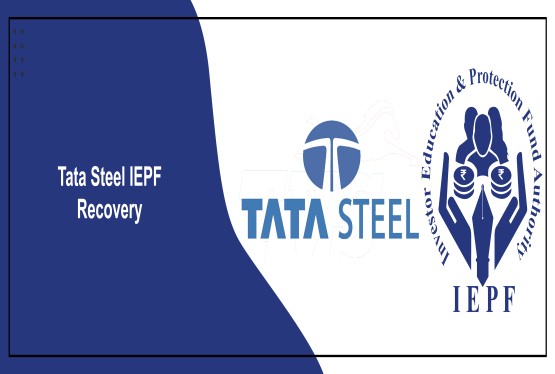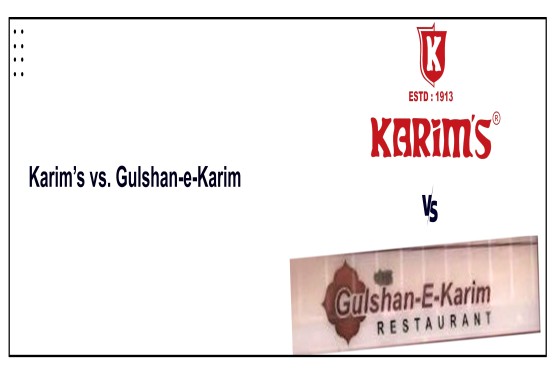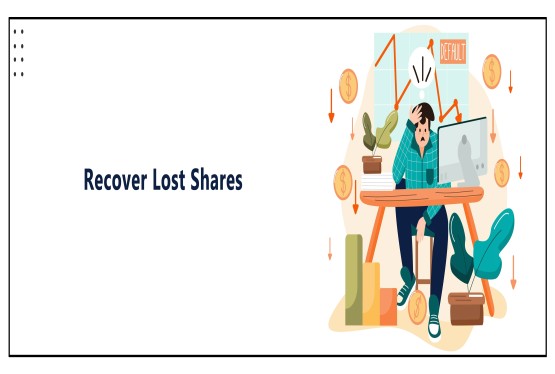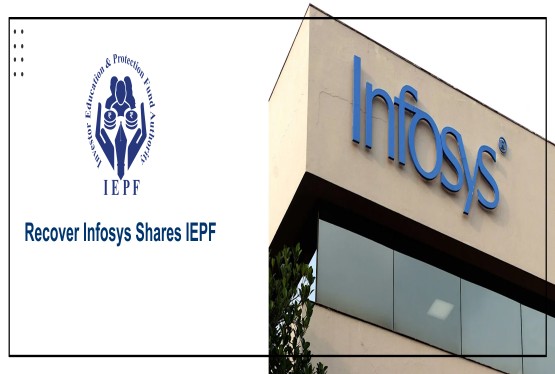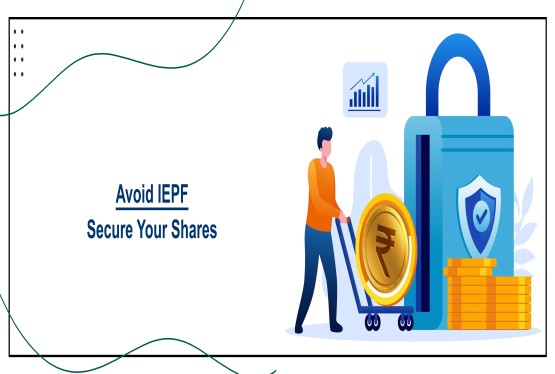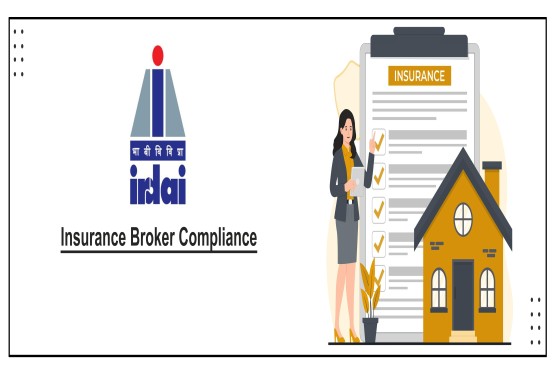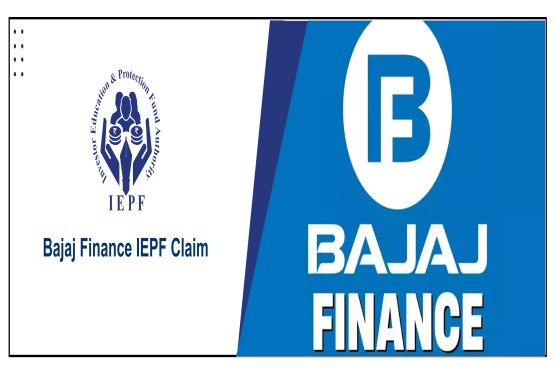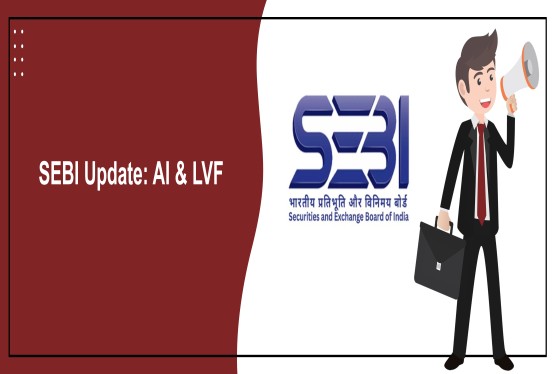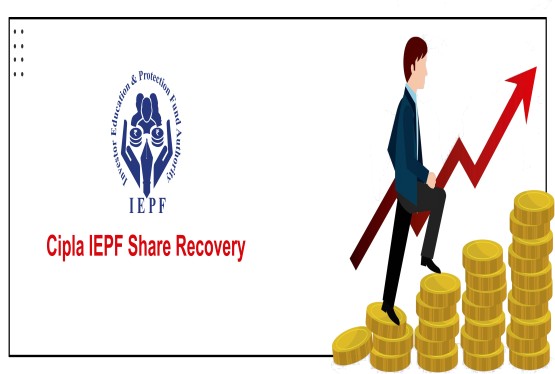The Goods and Services Tax (GST) is India’s unified tax system that replaced multiple indirect taxes, simplifying tax compliance for businesses. Introduced in 2017, GST is categorized into four types: CGST (Central Goods and Services Tax), SGST (State Goods and Services Tax), UTGST (Union Territory Goods and Services Tax), and IGST (Integrated Goods and Services Tax). Each type serves a distinct purpose based on whether the transaction is intra-state or inter-state. This article explores the different types of GST, their applicability, tax distribution, and how they contribute to India’s streamlined taxation system, ensuring transparency and efficiency.
GST's Key Characteristics
The GST's main characteristics are as follows:
-
GST has resulted in the consolidation of 17 different indirect taxes at the federal and state levels.
-
The GST is a consumption tax.
-
GST resulted in the implementation of a 'one country, one tax rate' system across the country.
-
Taxes are imposed on the "provision of goods or services."
-
No distinction is made between goods and services.
-
It is a general tax imposed on all goods and services.
-
Most importantly, it put an end to the previous tax on the tax structure subject to certain exemption.
-
GST facilitated the free flow of credit.
-
At each stage of the supply chain, GST is collected on value addition. Although GST is a multi-stage tax, input tax credit mitigates the imposition of additional taxes.
-
GST is a destination bases tax that means it is levied based on where the goods and services are consumed. Assume, for example, that certain goods are manufactured in State A but consumed in State B under such conditions. In that case, the GST collected is credited to State B (consumption state) rather than State A. (manufacturing state). This, however, may result in revenue loss for the manufacturing states, which is compensated for by levying the GST Compensation.
Types of GST
According to the newly implemented tax system, there are four types of GST:
-
Integrated Goods and Services Tax (IGST)
-
State Goods and Services Tax (SGST)
-
Central Goods and Services Tax (CGST)
-
Union Territory Goods and Services Tax (UTGST)
Furthermore, the government has established different taxation rates for each, which will apply to the payment of tax for goods and/or services rendered.
1. Integrated Goods and Services Tax (IGST)
The Integrated Goods and Services Tax (IGST) is a tax levied under the GST regime on interstate (between two states) supplies of goods and/or services, as well as imports and exports. IGST is governed by the Integrated Goods and Services Tax Act, 2017. The Central Government has the responsibility of collecting IGST taxes. After collecting taxes, the Central Government distributes them to the various states. For example, if a trader from West Bengal sells goods worth Rs.5,000 to a customer in Karnataka, IGST will apply because the transaction is interstate. If the goods are subject to an 18% GST, the trader will charge Rs.5,900 for them. The amount of IGST collected is Rs.900, shall be transferred to Central Government as the payment of GST on supply of goods.
2. State Goods and Services Tax (SGST)
The State Goods and Services Tax (SGST) is a tax levied under the GST regime on intrastate (within the same state) transactions. On intrastate supplies of goods and/or services, both state and central GST are levied. The State GST or SGST, on the other hand, is levied by the state on goods and/or services purchased or sold within the state. It is governed by the State Goods and Services Tax Act, 2017. The state government is the sole recipient of SGST revenue. For instance, if a West Bengal merchant sells goods worth Rs.5,000 to a West Bengal consumer, the GST charged will be a combination of CGST and SGST. If the GST rate charged is 18%, it will be split evenly into 9% CGST and 9% SGST. In this case, the trader will charge a total of Rs.5,900. The SGST revenue generated by GST, i.e., Rs.450, shall be distributed to the West Bengal state government in the form of SGST.
3. Central Goods and Services Tax, (CGST)
The Central Goods and Services Tax (CGST), like State GST, is a tax levied under the GST regime that is levied on intrastate (within the same state) transactions. It is governed by the Central Goods and Services Tax Act, 2017. The CGST revenue is collected by the Central Government. As previously stated, if a trader from West Bengal sells goods worth Rs.5,000 to a customer in West Bengal, the GST applicable on the transaction will be a combination of CGST and SGST. If the GST rate charged is 18%, it will be split evenly into 9% CGST and 9% SGST. In this case, the trader will charge a total of Rs.5,900. The Central Government will receive Rs.450 from the revenue generated by GST under the heading of CGST.
4. Union Territory Goods and Services Tax, (UTGST)
The Union Territory Goods and Services Tax (UTGST), which is levied on the supply of goods and/or services in India's Union Territories (UTs), is the counterpart to the State Goods and Services Tax (SGST). The UTGST is levied on goods and/or services supplied in the Andaman and Nicobar Islands, Chandigarh, Daman Diu, Dadra and Nagar Haveli, and Lakshadweep. It is governed by the Union Territory Goods and Services Tax Act, 2017. The revenue generated by UTGST is collected by the Union Territory government. In Union Territories, the UTGST replaces the SGST. As a result, in Union Territories, the UTGST will be levied in addition to the CGST.
Why was there a need for GST (Goods & Services Tax)?
The most important question that arises here is why GST is required. To understand this, we must first examine the previous structure of indirect taxation that existed. The Central Government imposed Central Excise Duty on goods manufactured, Service Tax on services rendered, and CST on interstate sales of goods, but these taxes were collected by the appropriate State Government, and State Governments levied VAT on retail sales, Entry Tax on goods entering the State, Luxury Tax, Purchase Tax, and so on. There was an apparent multiplicity of taxes being levied on the same supply chain.
As a result, there was a tax cascade. Furthermore, certain taxes levied by state governments were not permitted as a set-off for payment of other taxes levied by them. Furthermore, the presence of numerous VAT laws resulted in disparities in tax rates and tax practises, dividing the country into distinct economic spheres. The establishment of tariff and non-tariff barriers hampered the free flow of trade throughout the country. Furthermore, the large number of taxes imposed a high compliance cost on taxpayers in the form of returns, payments, and so on.
Difference Between Types of GST
The table below outlines the primary differences among the four types of GST:
|
GST Type |
Governing Authority |
Priority of Tax Credit Usage |
Applicable Transactions |
Beneficiary Authority |
|---|---|---|---|---|
|
CGST (Central Goods and Services Tax) |
Central Government |
CGST, IGST |
Intra-state transactions |
Central Government |
|
SGST (State Goods and Services Tax) |
State Government |
SGST, IGST |
Intra-state transactions |
State Government |
|
UTGST (Union Territory Goods and Services Tax) |
Union Territory (UT) Government |
UTGST, IGST |
Transactions within a Union Territory |
Union Territory Government |
|
IGST (Integrated Goods and Services Tax) |
Central Government |
IGST, CGST, SGST |
Inter-state transactions |
Shared between Central and State Governments |
Classification of GST Based on Transactions
1. Inter-State Transactions
-
Involves trade between two different states.
-
The Integrated GST (IGST) is levied and collected by the Central Government.
-
The revenue is then distributed between the Central Government and the State Government of the consuming state.
2. Intra-State Transactions
-
Involves trade within the same state.
-
The GST is divided equally between CGST (Central Government) and SGST (State Government).
Application of GST in Different Transactions
To understand how GST is applied in real scenarios, consider the following examples:
|
Transaction |
GST Type Applied |
Tax Division |
Total Amount Payable (including GST at 18%) |
|---|---|---|---|
|
A trader in Madhya Pradesh sells goods worth Rs.20,000 to a consumer in Madhya Pradesh |
SGST + CGST |
9% SGST + 9% CGST = Rs. 1,800 each |
Rs. 23,600 |
|
A trader in Madhya Pradesh sells goods worth Rs.20,000 to a consumer in Maharashtra |
IGST |
18% IGST = Rs. 3,600 |
Rs. 23,600 |
-
In the case of intra-state transactions, the GST is split equally between CGST and SGST, benefiting both the Central and State Governments.
-
In inter-state transactions, the full IGST amount is collected by the Central Government, which later distributes the revenue to the respective states.
Taxes Replaced by GST
The introduction of GST eliminated various indirect taxes that were previously levied by the State and Central Governments. The following taxes were replaced by GST:
-
Value Added Tax (VAT) / Sales Tax
-
Octroi
-
Entertainment Tax
-
Tax on Lottery, Betting, and Gambling
-
Purchase Tax
-
Luxury Tax
-
Service Tax
-
Additional Excise Duty
-
Central Excise Duty
Recent GST Collection Update (December 2023)
In December 2023, India recorded a GST collection of Rs. 1.65 lakh crore, reflecting a 10.3% year-on-year growth. Despite a 1.8% decline from the previous month's collection, it was still the sixth highest GST revenue in 77 months since GST implementation in 2017.
The breakdown of GST revenue collected in December 2023:
-
CGST: Rs. 30,443 crore
-
SGST: Rs. 37,935 crore
-
IGST: Rs. 84,255 crore
Conclusion
GST is set to change the system of indirect taxation by introducing transparent and corruption-free tax administration, thereby removing the current flaws in the indirect tax structure. GST will unquestionably benefit both consumers and businesses. It is expected to significantly improve the positions of each of these stakeholders in India. The previous structure of indirect taxation needed to be improved due to flaws such as the cascading effect of taxation. This need for change leads to the requirement for GST. The introduction of GST will enable India to better negotiate its terms in international trade forums. It seeks to broaden the tax base by bringing small and medium-sized businesses and the unorganized sector into compliance. This will make Indian markets more stable, allowing them to compete in the international market.
Compliance Calendar LLP has made GST compliance for businesses extremely simple and easy! Ensure GST compliance today! Contact our team for the best GST compliance services.
FAQs
Q1. What is the purpose of GST?
Ans. GST has absorbed approximately 17 indirect taxes previously levied by the state and federal governments. There was a lack of uniformity in the tax structure as a result of different sets of tax rules adopted by respective State governments. As a result, internal trade within the country was hampered, and tax evasion was possible. All of these issues have been eliminated by the implementation of GST.
Q2. Is GST beneficial to the country?
Ans. GST has brought about a one-tax, one-nation system that benefits everyone. Consumers must now pay only one tax. Similarly, it is beneficial to traders/business owners because input credit is now easier to obtain, allowing them to keep their goods/services prices low.
Q3. Is there any limit for GST?
Ans. Yes, the government has set a limit of 20 lakh under the GST Act. It means that GST registration is now required for businesses with a 20 lakh aggregate turnover or more in a fiscal year.
Q4. Who is eligible to pay GST in India?
Ans. If an individual or a company's turnover exceeds 20 lakh in a fiscal year (FO), they must collect and pay GST. In some states, the limit is ten lakh rupees.
Q5. Are there any ramifications for failing to pay GST?
Ans. If a company is found to be not paying GST, the minimum penalty is $10,000, and the maximum penalty is 10% of the unpaid tax.










































































_crop10_thumb.jpg)


































































_crop10_thumb.jpg)
_crop10_thumb.jpg)



_crop10_thumb.jpg)


_crop10_thumb.jpg)





_crop10_thumb.jpg)

_crop10_thumb.jpg)














-suratgujarat-section-158_crop10_thumb.jpg)
-suratgujarat_crop10_thumb.jpg)
-(33)_crop10_thumb.jpg)



-ahmedabad_crop10_thumb.jpg)
-learn_crop10_thumb.jpg)

-learnn_crop10_thumb.jpg)



























































_crop10_thumb.jpg)






















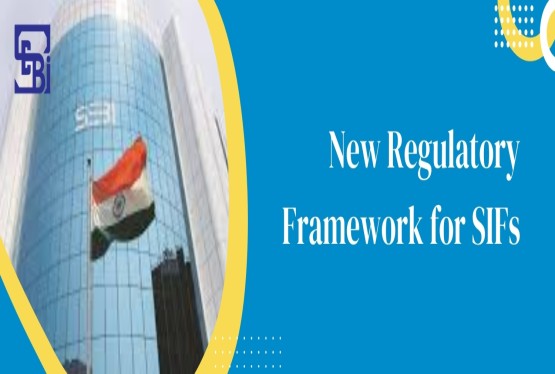
_Guidelines_learn_crop10_thumb.jpg)























_learn_crop10_thumb.jpg)
_crop10_thumb.jpeg)










_crop10_thumb.jpg)




_Second_Amendment_Rules,_2025_learn_crop10_thumb.jpg)







_learn_crop10_thumb.jpg)







































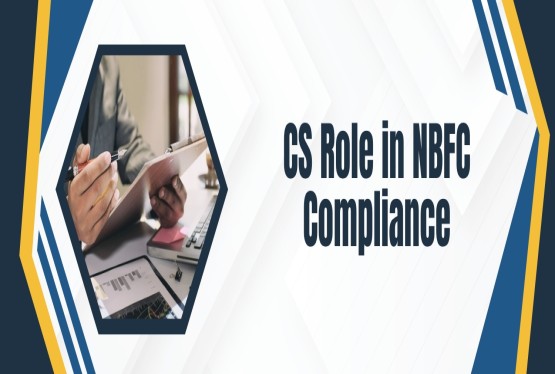
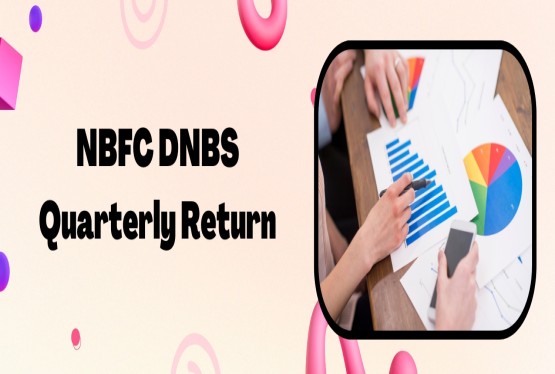



_learn_crop10_thumb.jpeg)













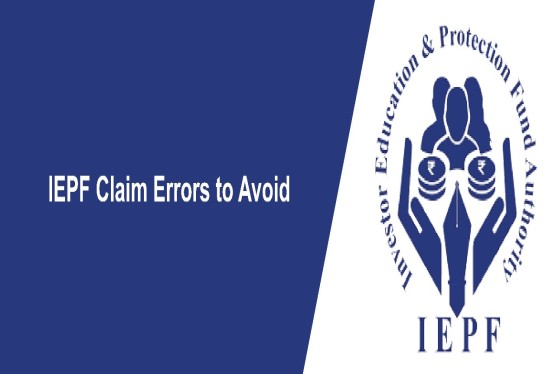









_learn_crop10_thumb.jpg)


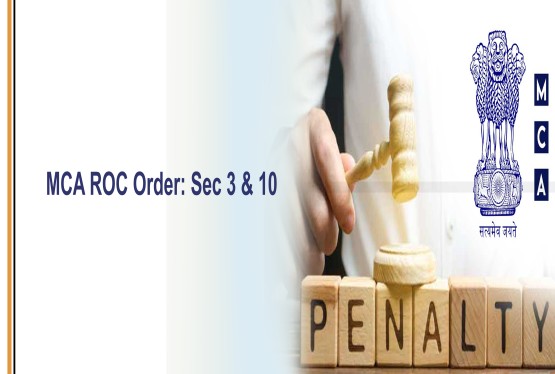
_rd_roc_learn_crop10_thumb.jpg)
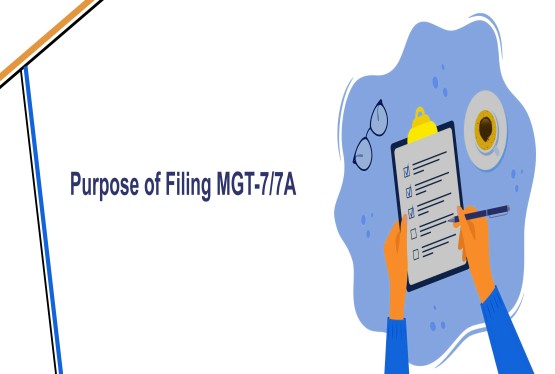



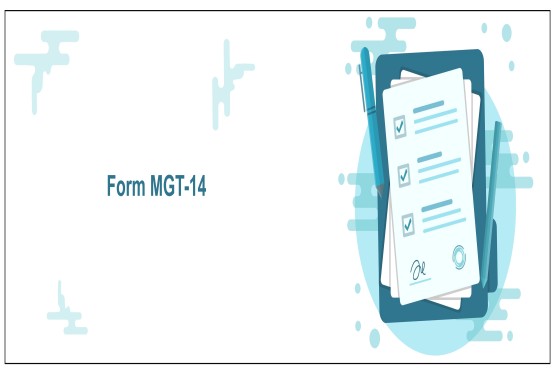







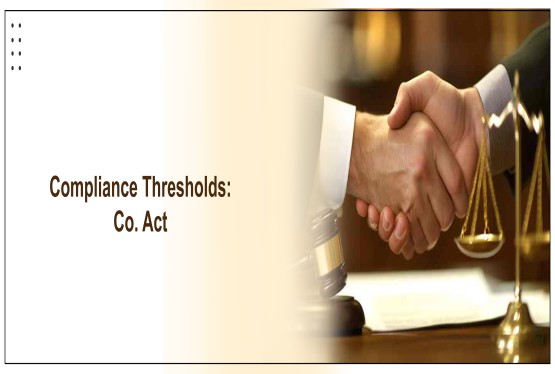

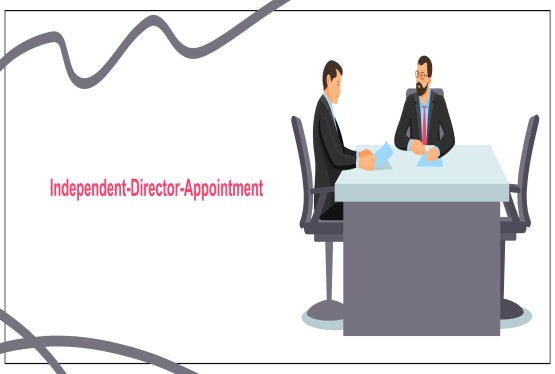

_learn_crop10_thumb.jpg)

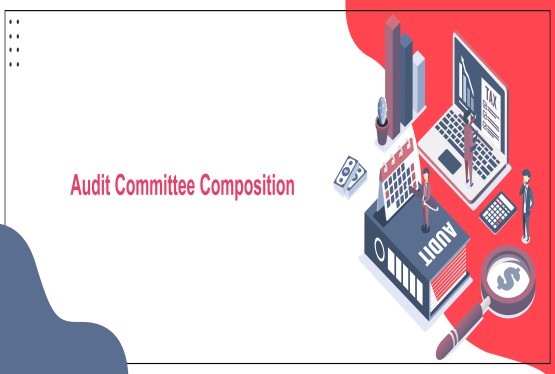




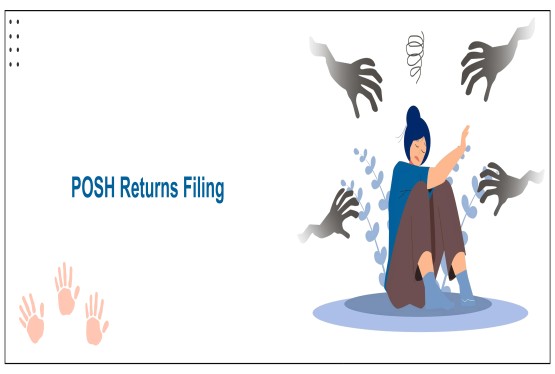



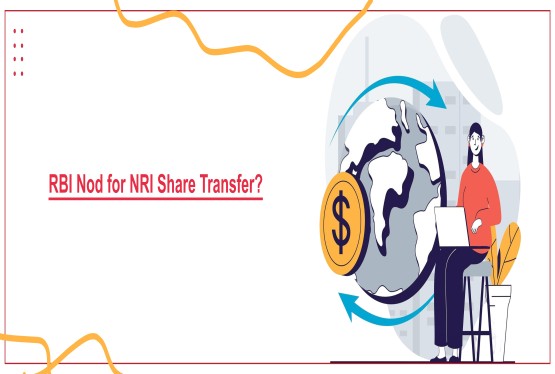



_learn_crop10_thumb.jpg)
_Learn_crop10_thumb.jpg)
